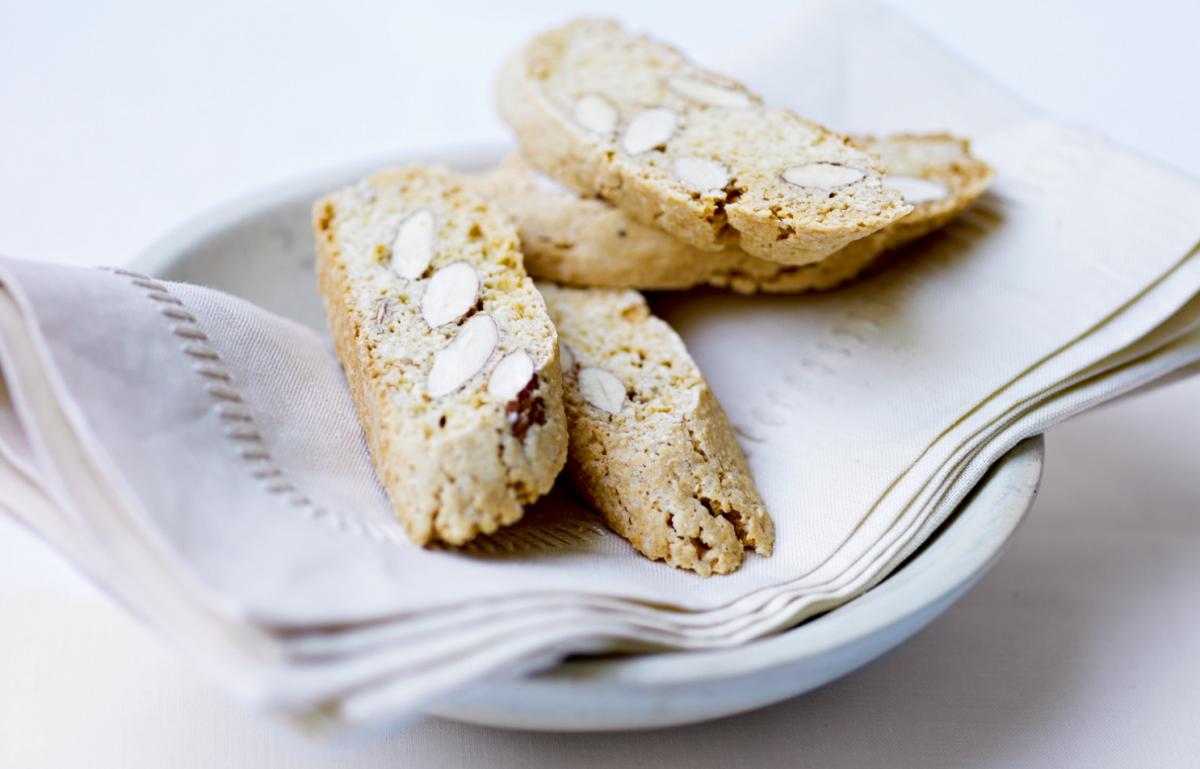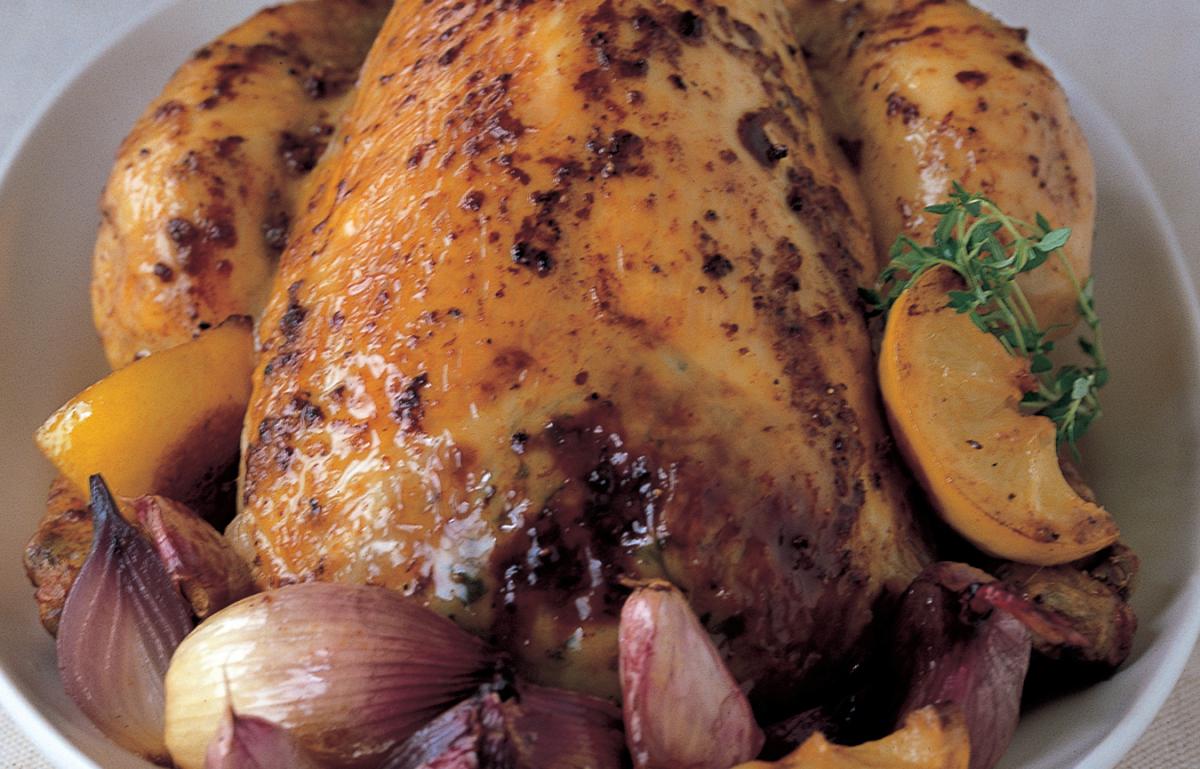

Hurry, hurry.
The English asparagus (best in the world) season is very short, so best to eat as much as we can, while it’s freshly picked. Hollandaise can be tricky for beginners – or those in a rush – but just you wait, this lighter, easier version is almost the real thing and is the perfect creamy, buttery partner for our special seasonal feast.
The Delia Online Cookery School: You can watch how to make Hollandaise in our video - just click the recipe image to play
This recipe is adapted from Delia’s How to Cheat at Cooking Serves 4 as a starter
To prepare the asparagus snap off the woody ends (just bend each stalk and the bit that snaps off is the bit you don’t want).
By far the best way to cook asparagus is in a fan steamer placed in a wide pan with a lid. To do this, add boiling water from the kettle to the pan to a depth of about 2.5cm. Place the stalks on the spread-out steamer and sit the steamer in the pan. Add some salt, and simmer with a lid on for 4–6 minutes, or until the stalks are tender when tested with the tip of a knife or a small skewer.
Meanwhile, spoon the crème fraîche into a small saucepan, then add the rest of the ingredients except the butter. Whisk them all together with a mini whisk, then over a medium heat, bring the whole lot up to simmering point, whisking continuously, until the sauce has thickened.
Now remove it from the heat, taste and add seasoning, more vinegar or lemon juice if you think it’s needed, then whisk in the butter – and that’s it. Serve the asparagus on hot plates with the sauce poured over (you’ll also need lots of good bread to mop up the juices).
Notes on ingredients
You can make the hollandaise sauce in advance and re-heat it, set over a pan of hot water. Also for a more substantial supper dish, add one or two lightly poached eggs per person on top of the asparagus and pour the sauce over. Watch how to make Hollandaise in our Cookery School Video on this page.
Nutrition 274kcals/5g carbohydrate/3.6g sugars/25.2g fat/15g saturated fat/0.2g salt per serving
Spoons: an important aspect of measurement comes in the shape of spoons. I am afraid I can’t accept the official version exemplified by sets of (usually) plastic spoons hanging on a metal ring because a) they can vary in size and b) I think their size is a bit on the mean side. I much prefer to use what was originally intended: real tablespoons, dessertspoons and teaspoons. A useful point to remember is 2 teaspoons equates to 1 dessertspoon, 2 dessertspoons to 1 tablespoon, so long as you use like for like – level, heaped or rounded.
Eggs: All eggs should be thoroughly cooked. For the latest guidelines, visit foodstandards.gov.uk. Recipes containing semi-cooked or raw egg are not suitable for pregnant women, elderly people, or those with weak immune systems.
Follow us Like us on Facebook Follow us on twitter Follow us on instagram Follow us on pinterest Follow us on youtube
© 2001-2024 All Rights Reserved Delia Online